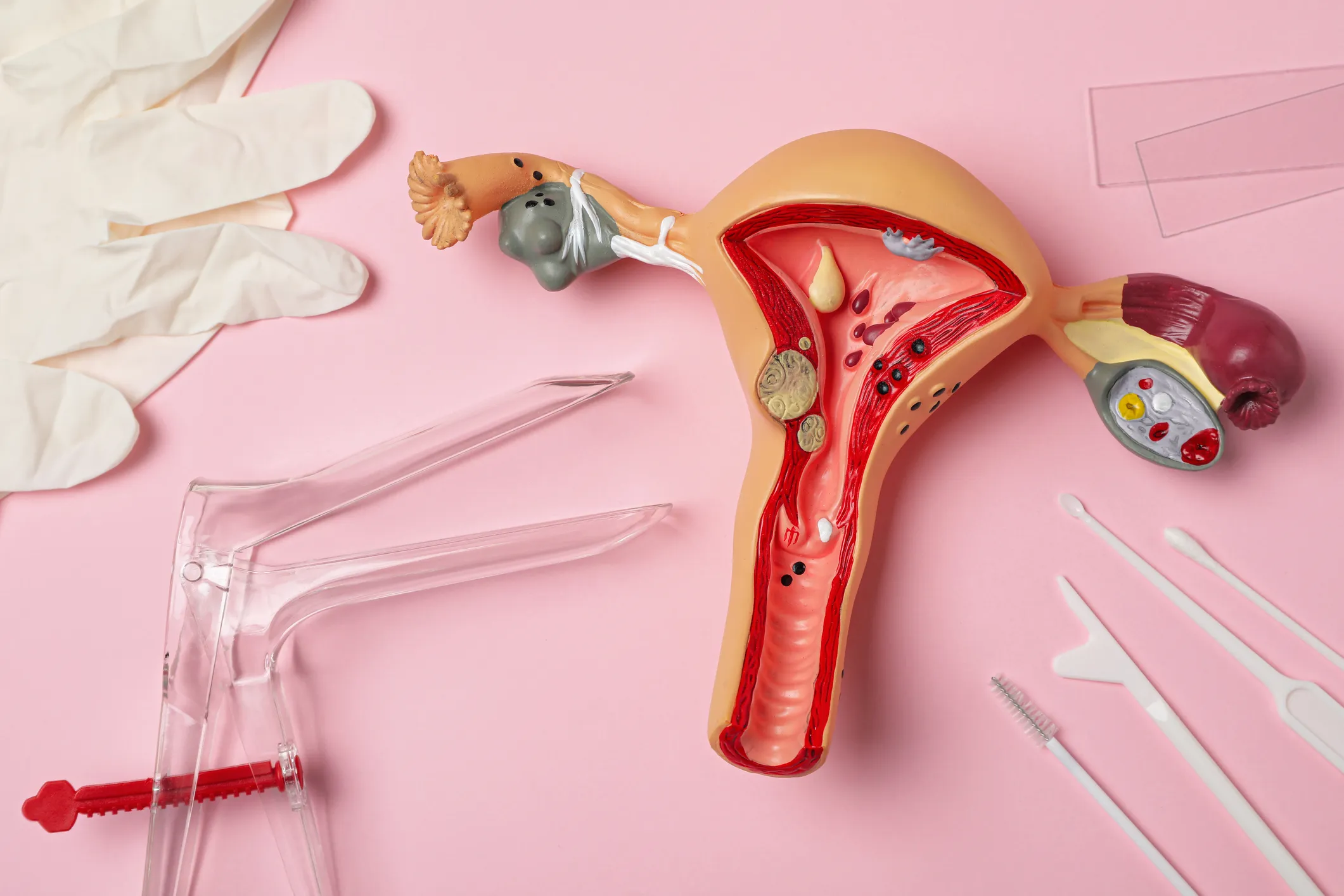Reproductive Health Insights: What to Expect at a Pap Smear

Understanding the Pap Smear Procedure
A Pap smear is an important part of reproductive health, as it screens for early signs of cervical cancer. The procedure is quick, typically taking less than a minute, and involves collecting cells from the cervix. This sample is then sent to a laboratory for analysis.
What Happens During a Pap Smear?
- Preparation: You will be requested to undress from the waist down and lie on an exam table.
- Procedure: A healthcare provider uses a speculum to gently open the vaginal walls and collect cervical cells with a small brush or spatula.
- Aftercare: You may experience mild discomfort, but serious issues are rare.
Importance of Regular Pap Smears
Regular Pap smears are crucial for early detection of potential health issues. Women should begin cervical cancer screening at age 21 and continue every three years or per their doctor's recommendations. Prioritizing reproductive health is a proactive step towards maintaining overall wellness.
Disclaimer: The information provided on this site is for informational purposes only and is not intended as medical advice. We are not responsible for any actions taken based on the content of this site. Always consult a qualified healthcare provider for medical advice, diagnosis, and treatment. We source our news from reputable sources and provide links to the original articles. We do not endorse or assume responsibility for the accuracy of the information contained in external sources.
This article was prepared using information from open sources in accordance with the principles of Ethical Policy. The editorial team is not responsible for absolute accuracy, as it relies on data from the sources referenced.